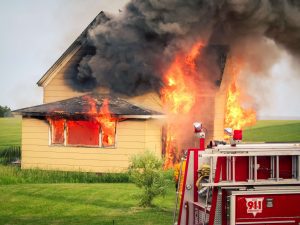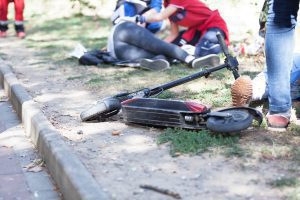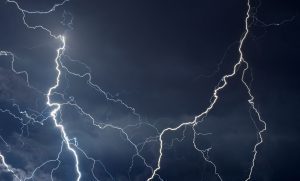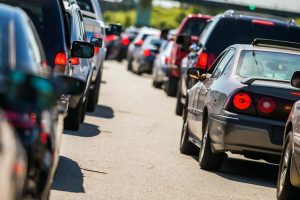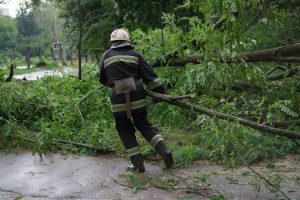Your safety is our top priority. In the event of an emergency, knowing how to respond can make all the difference.
|
|
Reporting an Emergency: In case of an emergency, please Your call will be routed to the appropriate authorities, including our fire station, for a rapid response.
|
Fire Emergencies:
|
Medical Emergencies:
|
|
|
|
Storms and Flooding:
|
Evacuation:
|
After an Emergency: Contact Us: Emergency Number: 911 Fire Station Address: Your safety is our top priority. Please stay informed, stay prepared, and know that Suwannee Fire Rescue is ready to respond to any emergency to protect you and your community.
|
|
To handle each incident appropriately, Suwannee Fire Rescue dispatches the appropriate type and number of units from our diverse array of resources.
The level of response is determined based on factors such as the type of incident, location, weather conditions, existing or potential emergencies, available resources, and the information provided to us. We adjust staffing levels and deploy specialized resources according to the specific conditions of each situation.
Our response strategy prioritizes the closest available resource, in addition to other units of the required type. Our vehicles are equipped with GPS (global positioning satellite) systems and CAD (computer-aided dispatch), which allow us to identify and deploy the nearest fire engine efficiently. The first responding personnel promptly assess the incident’s requirements and modify the response accordingly.
In some cases, the closest available resource may come from another fire department. Thanks to mutual aid, automatic aid, and agreements with surrounding fire departments, we can deliver the fastest and highest level of service.
Suwannee Fire Rescue is equipped with a staffed fire engine that serves as the primary tool for attacking fires. The engine crew’s primary focus is to establish a water supply, typically utilizing a fire hydrant, and then utilizing hose lines to extinguish the fire. All firefighting equipment on the engine is specifically designed to aid in fire suppression. Suwannee Fire Rescue also staffs a fire truck along with the engine. Fire trucks play a crucial role in supporting fire attack efforts. The responsibilities of a truck crew include forcible entry to gain access to the fire, shutting off utility services (such as gas or electricity) to ensure firefighter safety and control the fire, ventilating the building to clear smoke and gases, conducting search and rescue operations, placing ladders for building access and performing various other tasks. Fire trucks are also equipped with specialized tools for extricating individuals trapped in vehicles during traffic collisions.

